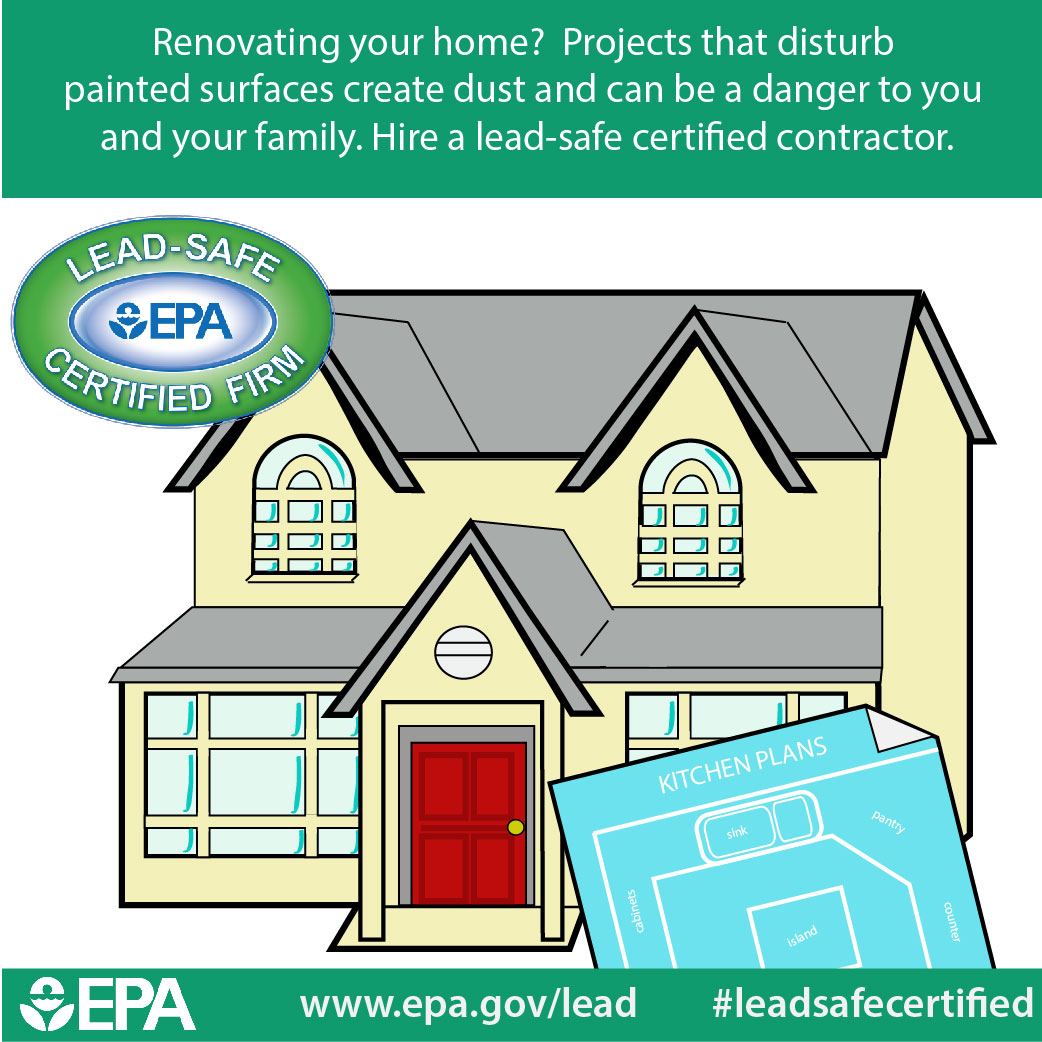Just How Do Appropriate Colors Affect Your Brand Name'S Good Looks In Commercial Outside Painting? Explore The Crucial Facets That Lead Your Decision-Making Procedure
Just How Do Appropriate Colors Affect Your Brand Name'S Good Looks In Commercial Outside Painting? Explore The Crucial Facets That Lead Your Decision-Making Procedure
Blog Article
Material Author-Hollis Luna
When it involves commercial external painting, the colors you pick can make or damage your brand's allure. Understanding exactly how various colors affect assumption is essential to attracting customers and building trust fund. But it's not almost personal choice; local fads and regulations play a substantial function as well. So, how do you locate the ideal equilibrium in between your vision and what resonates with the neighborhood? Let's explore the necessary aspects that assist your color selections.
Recognizing Color Psychology and Its Effect On Business
When you select colors for your company's exterior, recognizing color psychology can substantially influence exactly how potential consumers regard your brand name.
Colors evoke emotions and established the tone for your company. As an example, blue commonly communicates depend on and professionalism and trust, making it perfect for banks. Red can produce a sense of urgency, best for restaurants and inventory-clearance sale.
On the other hand, green symbolizes growth and sustainability, interesting eco-conscious customers. Yellow grabs focus and stimulates positive outlook, but excessive can overwhelm.
Consider your target audience and the message you want to send. By picking the best shades, you not just boost your curb allure however also align your image with your brand name worths, inevitably driving consumer involvement and loyalty.
Analyzing Citizen Trends and Rules
How can you guarantee your outside painting selections reverberate with the area? Start by looking into neighborhood fads. Go to neighboring organizations and observe their color schemes.
Take related website of what's popular and what feels out of place. This'll aid you straighten your selections with area looks.
Next off, inspect regional laws. Several towns have standards on outside shades, particularly in historic districts. You don't want to hang out and cash on a palette that isn't compliant.
Engage with local company owner or community teams to collect understandings. They can provide beneficial responses on what colors are favored.
Tips for Integrating With the Surrounding Environment
To produce a cohesive look that blends flawlessly with your surroundings, take into consideration the natural surroundings and architectural styles close by. Begin by observing the colors of neighboring structures and landscapes. Natural tones like greens, browns, and muted grays typically function well in natural settings.
If your home is near lively urban areas, you could pick bolder colors that show the local energy.
Next, consider the architectural design of your building. Conventional designs may gain from timeless colors, while modern designs can embrace contemporary palettes.
Evaluate your color choices with examples on the wall surface to see exactly how they communicate with the light and setting.
Finally, remember https://www.creativebloq.com/buying-guides/best-art-easels of local standards or community visual appeals to ensure your option boosts, as opposed to clashes with, the surroundings.
Verdict
Finally, choosing the right colors for your business exterior isn't practically aesthetics; it's a strategic decision that influences your brand name's perception. By tapping into color psychology, thinking about regional fads, and making sure harmony with your surroundings, you'll develop a welcoming ambience that attracts clients. Do not neglect to evaluate samples prior to devoting! With the best strategy, you can elevate your business's aesthetic appeal and foster enduring consumer involvement and loyalty.
